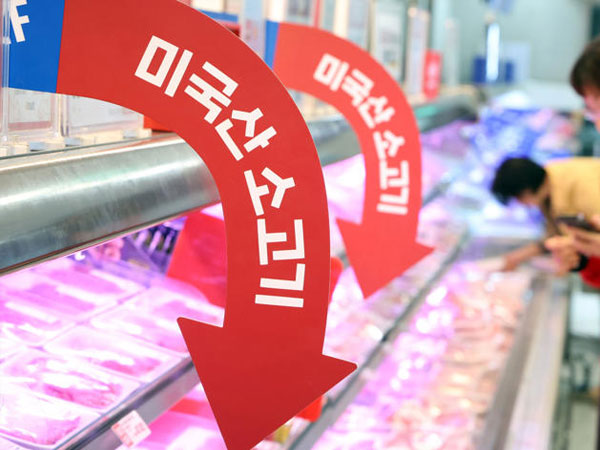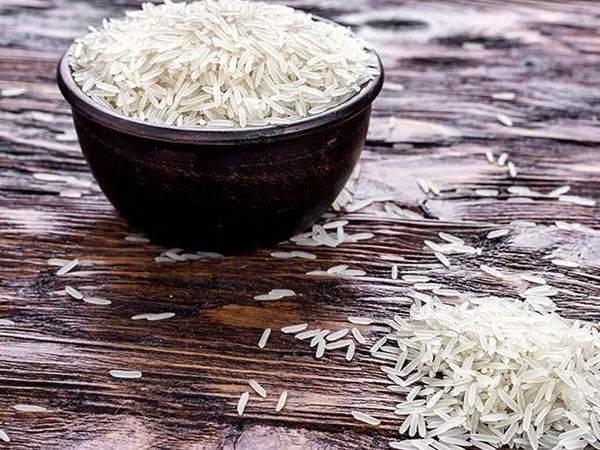 The United States is stepping up pressure on key allies, including South Korea and Japan, to open their agricultural markets, as American farm exports face mounting obstacles in China and Latin America.
The United States is stepping up pressure on key allies, including South Korea and Japan, to open their agricultural markets, as American farm exports face mounting obstacles in China and Latin America.
With access narrowing in traditionally strong markets, Washington has turned its attention to wealthier Asian partners, targeting them as replacement buyers for products such as beef and rice. In the U.S., policymakers have begun calculating the potential gains from such expanded access, while President Donald J. Trump has intensified the push through increasingly pointed public statements.
South Korea, for example, has seen a surge in American beef imports since May. According to the U.S. Meat Export Federation, beef exports to South Korea reached 25,228 metric tons that month—up 39 percent from a year earlier and the highest monthly figure since March 2023.
Exports to China, by contrast, have collapsed. In May, shipments to China plummeted 91 percent year over year, falling to just 1,398 tons from 15,659 tons. The decline comes amid escalating trade tensions, with Beijing imposing punitive tariffs of up to 147 percent on American beef and restricting approvals for U.S. slaughterhouses to export to China.
In a report, the U.S. Meat Export Federation underscored the strategic importance of the Korean market as access to China remains constrained. A separate analysis from the group estimated that if South Korea were to lift its age restriction on beef imports—currently banning beef from cattle older than 30 months—U.S. exporters could reap an additional $110 million to $175 million in annual revenue.
Japan, meanwhile, is under renewed pressure to open its rice market. Mr. Trump recently criticized Tokyo’s protectionist stance, calling Japan “very spoiled” and urging it to expand rice imports. In March, the U.S. International Trade Commission (ITC) released a report projecting gains for American farmers if Japan were to increase its rice import quota.
According to the ITC analysis, a 50 percent increase in Japan’s tariff-free rice quota—currently set at 682,000 tons annually—could boost U.S. rice exports by 7.1 percent, or about 97,000 tons, and raise income for American rice farmers by $59.5 million.
As U.S. competitiveness declines in Latin American markets such as Mexico, Washington is increasingly eyeing East Asia, particularly Japan, as a substitute export destination. A South Korean government official, speaking on background, called the ITC’s product-specific modeling “highly unusual,” noting, “This suggests that rice market liberalization is no longer just a negotiation tactic—it’s a policy objective.”
South Korea could be next. The country currently allows limited rice imports—up to 408,700 tons annually—at a preferential 5 percent tariff. But with Japan under scrutiny, analysts warn that Seoul may soon face heightened U.S. pressure to further open its rice market.













© Copyright 2025 The SSResource Media.
All rights reserved.